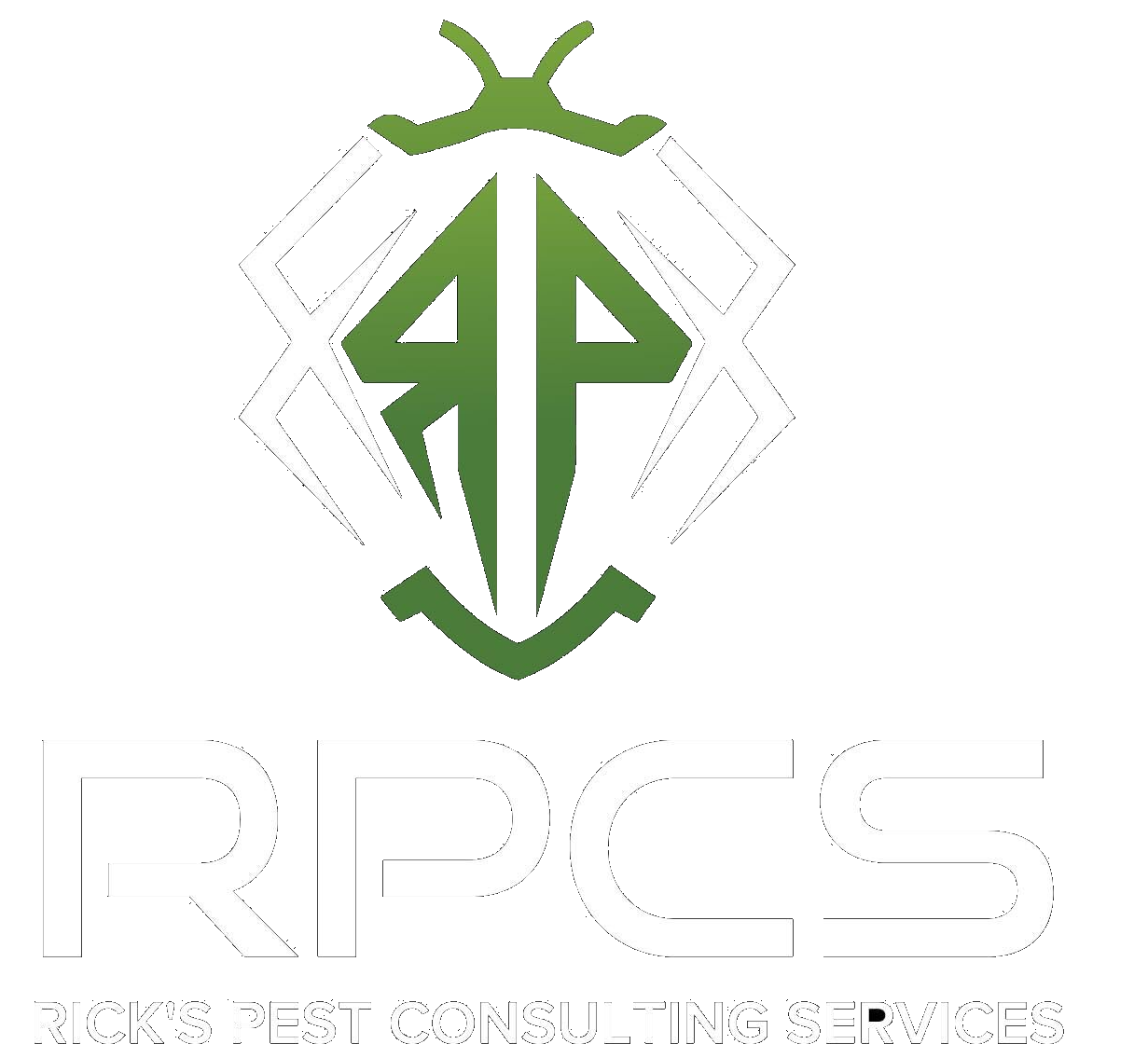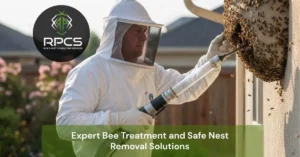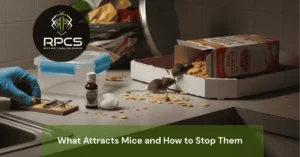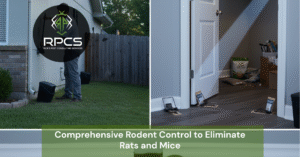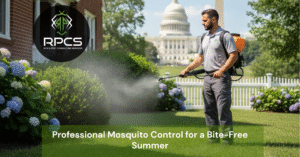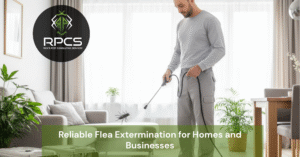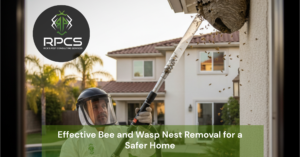When it comes to pest control, safety is a top concern for many families, especially those with young children and pets. Traditional pest control methods often rely on harsh chemicals that can be dangerous to your loved ones. Fortunately, there are plenty of safe and effective alternatives for keeping your home pest-free without compromising the health of your family or pets. In this guide, we’ll cover some of the best child- and pet-safe pest control tips you can implement in your home to create a safe and pest-free environment, and how an exterminator plays an important role in it.
1. Opt for Non-Toxic Pest Control Solutions
One of the best ways to ensure your home remains safe for children and pets while controlling pests is by using non-toxic pest control methods. These methods rely on natural ingredients and are less harmful to humans and animals.
Natural Pest Repellents:
- Essential Oils: Many essential oils, such as peppermint, eucalyptus, and citronella, work as effective repellents for pests like ants, spiders, and mosquitoes. Dilute essential oils with water and spray the solution around windows, doors, and other areas where pests tend to enter.
- Diatomaceous Earth: This natural substance is safe for pets and children, but deadly to insects. It works by dehydrating pests when they come into contact with it, killing them without the use of chemicals.
Why it works:
- These non-toxic methods offer a safe alternative to chemical pesticides, reducing the risk of exposure to harmful substances.
2. Seal Entry Points to Prevent Pest Invasions
Pests often enter your home through cracks, gaps, and holes in walls, windows, and doors. Preventing them from getting inside in the first place is one of the most effective ways to avoid using harmful chemicals.
Tips for Sealing Entry Points:
- Caulk Cracks and Gaps: Use silicone caulk to seal cracks in your walls, around windows, and near baseboards. Pests, including ants and cockroaches, can squeeze through very small gaps, so thorough sealing is essential.
- Install Screens: Ensure that windows and vents are covered with fine-mesh screens to keep pests like mosquitoes and flies out. Repair any holes or tears in existing screens.
- Weatherstripping: Install weatherstripping around doors and windows to block gaps where pests could enter. This also helps improve energy efficiency.
Why it works:
- By sealing entry points, you’re preventing pests from entering your home, eliminating the need for potentially harmful pest control methods, as well as threats like bed bugs.
3. Use Safe Traps for Pest Control
Traps are a great way to deal with pests without using toxic chemicals. There are a variety of traps designed for different types of pests, and many of them are safe for children and pets.
Types of Safe Traps:
- Sticky Traps: These are ideal for trapping insects like ants, spiders, and roaches. They are non-toxic and can be placed in areas where children and pets can’t reach.
- Humane Traps: If you need to remove rodents, humane traps allow you to capture and release the animals safely outside without causing harm. These traps are ideal if you’re concerned about animal welfare.
Why it works:
- Traps provide an effective, non-toxic method for capturing pests, allowing for humane pest removal without the need for chemicals for every home’s nightmares like cockroaches.
4. Keep Your Home Clean and Clutter-Free
One of the easiest ways to prevent pest infestations is to keep your home clean and free of food sources that attract pests. Regular cleaning can go a long way in reducing the need for pest control.
Cleaning Tips:
- Store Food Properly: Ensure that food is stored in airtight containers. Clean up crumbs, spills, and food remnants promptly, as these attract pests.
- Take Out Trash Regularly: Empty trash bins frequently, and use trash cans with tight-fitting lids to prevent pests like ants, flies, and rodents from getting inside.
- Vacuum Frequently: Regular vacuuming helps remove food particles and debris that can attract pests. Pay attention to corners, baseboards, and under furniture.
Why it works:
- Keeping a clean home removes food sources and hiding places for pests, making your space less inviting for them.
5. Create a Pest-Repellent Environment with Plants
Certain plants naturally repel pests, and incorporating them into your home’s decor can help prevent infestations while also adding a touch of greenery. Many plants are safe for children and pets and can be placed in various areas around your home.
Pest-Repellent Plants:
- Lavender: Known for its calming fragrance, lavender is also a natural repellent for mosquitoes, flies, and moths.
- Marigolds: These flowers are known to repel insects like aphids, mosquitoes, and whiteflies. They can be placed near windows or doors.
- Lemon Balm: This herb has a citrusy scent that mosquitoes find unpleasant, making it an excellent natural repellent.
Why it works:
- Plants provide a natural, non-toxic way to keep pests away without the need for harmful chemicals.
6. Consult a Professional for Safe Pest Control
If you have a more significant pest problem and need professional help, make sure to hire a pest control company that specializes in child- and pet-safe treatments. Many pest control companies now offer organic or eco-friendly solutions that are safe for families and pets.
Why it works:
- A professional pest control service that uses natural products ensures a higher level of safety while effectively managing pest infestations.
7. Consider Pest Prevention Services
Some pest control companies offer ongoing maintenance and prevention services that can help keep pests from becoming a problem in the first place. These services typically use non-toxic methods to keep pests at bay and ensure that your home remains pest-free year-round.
Why it works:
- Pest prevention services create a barrier against future infestations, reducing the need for reactive pest control measures.
Conclusion
Child- and pet-safe pest control is not only possible but also effective. By using non-toxic methods, sealing entry points, maintaining cleanliness, and opting for safe traps, you can keep your home free of pests without putting your family’s health at risk. If necessary, professional pest control services that specialize in eco-friendly and child-safe treatments can provide additional peace of mind. Protect your home and loved ones with safe and sustainable pest control solutions that work.
